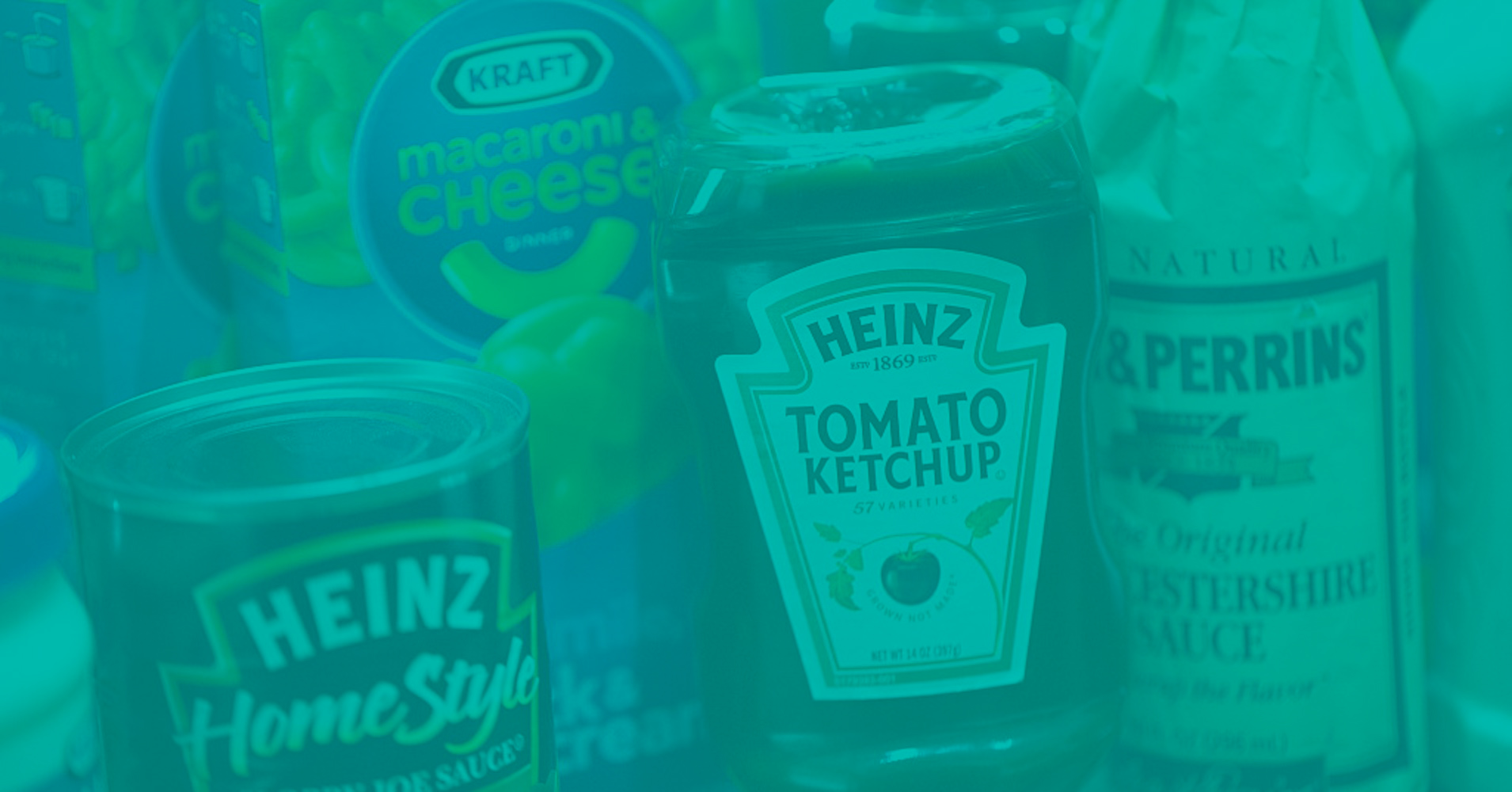Areas of Application
Unlocking hidden insights to help you create new products, attract the right customers, and expand your business.
At 113, we capture, read and analyze large volumes of digital conversations to help you truly understand consumer behaviors. You’ve heard of “social listening”. But what we do goes beyond simply capturing conversations across the digital universe of Facebook, Twitter, Instagram, blogs, forums, and reviews.
Using advanced technology such as Natural Language Processing and Machine Learning, we’re able to cut through the noise and find the conversations that matter most to you. And it’s not just about helping you discover the right conversations. We also help you extract valuable insights from what consumers are saying so you can apply them to your business in ways that make a real and resounding impact.

How What We Do Can Help You
Here are some key ways companies apply our findings to achieve real-world results (and you can too):
Innovation
This leads to better understanding of Jobs To Be Done (how consumers are using a product to accomplish different goals), Unarticulated Needs (what consumers want or expect from a brand but aren’t saying) and Compensating Behaviors (“workarounds” consumers come up with when a product doesn’t give them what they need). All of these are areas rich in potential opportunities for innovation.
The outcome of our work often leads to $100+ million ideas. For example, our work has helped Hershey launch the Cookie Crunch and Ocean Spray develop Mocktails.
Marketing
From establishing product positioning to developing meaningful messaging for specific segments to recognizing what brand values connect with consumers, organizations use our methodology for many different marketing applications. We have helped companies understand how consumers view their brand, find the white spaces they may be missing to attract new customers and, if appropriate, rebrand their products.
We also help our clients discern which consumer segments are most valuable and why. Using IBM Watson technology, we provide deeper knowledge of the psychology of each segment and what drives them to make decisions (based on the OCEAN model). Perhaps most importantly, we help organizations learn the language consumers speak in their category. It’s about discovering how you should speak to your customers using the words that have the most meaning and impact.
M&A (Mergers & Acquisitions)
Typically when organizations are looking at companies they seek to acquire, they look at the financial aspects of the business, internal culture of the organization, and how innovation works there. These are all important pieces. But a key piece often ends up missing: The perspective of consumers. That’s where 113 comes in.
When your organization is deciding which of three companies you may wish to acquire, our Consumer Behavior Model can provide vital information to help you make the right choice. We tell you how each of the candidates are perceived in the eyes of the consumer; what kind of consumer engages with each of the companies and why; and other key differences between the companies, their brands, and the consumers they have attracted.
Sales Channels
Today’s consumers have a variety of choices from which to buy products: club stores like Costco and Sam’s, general merchandisers like Walmart and Target, grocery stores like Kroger and Winn Dixie, Drug Stores like Walgreens and CVS, specialty stores like GNC and Dick’s, and e-commerce sites like Amazon. With so many choices, companies must understand how to engage and interact with different consumers across different channels.
Our Consumer Behavior Model helps sales organizations understand the needs of each different consumer group for each channel; how to communicate with them; and, most importantly, how to drive repeat purchases and product loyalty. We have helped companies develop sales strategies for growth in different channels, and figure out why a competitor is losing to them in one channel but beating them in another.
QA (Quality Assurance)
Quality has traditionally been determined by internal production facilities, quality organizations, and customer support calls and emails regarding issues people have with a product. However, a critical factor tends to be overlooked: what quality means in the mind of the consumer. Through our work, we’ve helped organizations completely shift their understanding of what quality means for a product or a brand.
As a result of our findings, companies learn where to invest to truly improve quality in the minds of consumers. So where you may be investing your resources to improve quality—machines, technology, people—may not address the factors most important to your consumers.
Ready to find out how 113 will help move your organization forward?